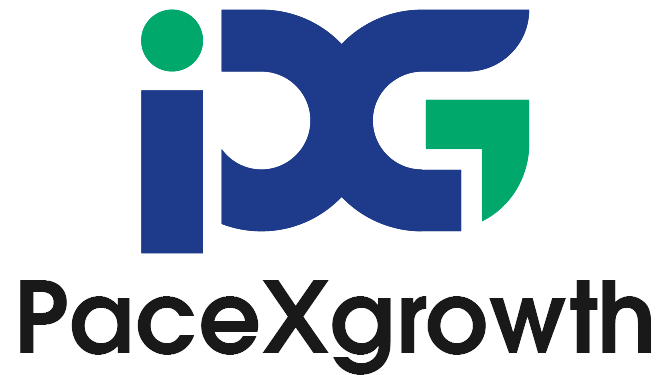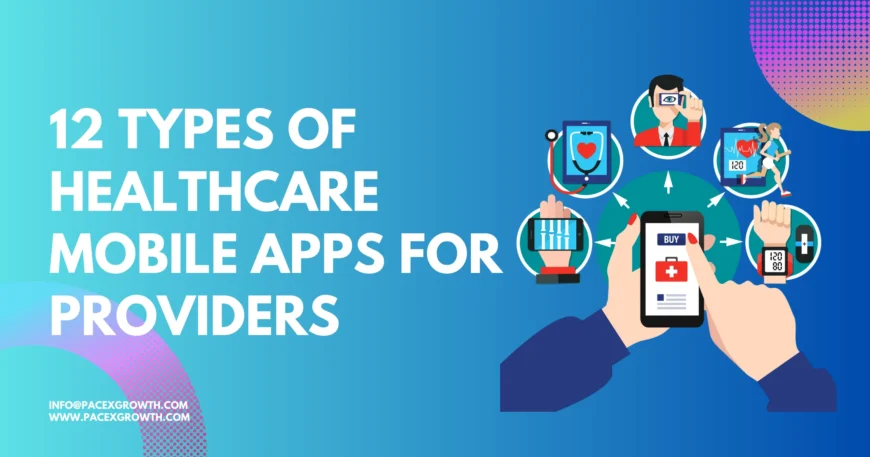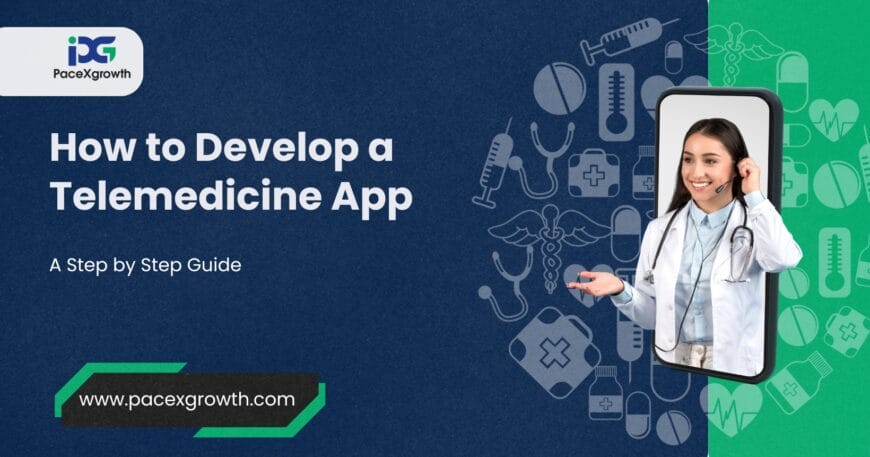The Best Telemedicine/Telehealth Apps for Doctors and Patients in 2025
Telemedicine is no longer just a backup plan—it’s now a frontline tool in modern healthcare. With rising demand for virtual consultations, chronic care management, mental health services, and even remote diagnostics, the need for reliable, secure, and user-friendly telehealth apps is stronger than ever. Whether you’re a doctor aiming to reach more patients or someone seeking convenient healthcare access from home, this list of the best telemedicine apps in 2025 will help you find the best fit for your needs. It covers top solutions for both healthcare providers and patients—and even highlights how a trusted telemedicine app development company can help you build your own. Why Telemedicine Apps Matter More Than Ever The healthcare landscape has undergone a massive transformation—and it’s here to stay. As technology evolves, so does the way we give and receive care. Telemedicine apps have become essential tools for both patients and healthcare providers, making healthcare services more accessible, efficient, and personalized than ever before. Here’s why these platforms are no longer just “nice to have”—they’re a must in 2025: ✅ Save time with virtual visits, cutting out travel and waiting rooms ✅ Improve access to specialists, especially for rural or underserved areas ✅ Reduce hospital readmissions by enabling better post-discharge care ✅ Monitor chronic conditions remotely with integrated wearables and RPM tools ✅ Empower patients to take control of their health with real-time data and tracking In 2025, telehealth apps are smarter, more secure, and packed with features designed to enhance every step of the care journey—for both sides of the screen. Let’s take a closer look at the platforms leading this digital revolution. Top Telemedicine & Telehealth Apps in 2025 These platforms are recognized as the best telemedicine apps for patients and providers, offering innovative solutions across specialties. Whether you’re exploring a white label telehealth platform for your clinic or looking to develop custom telemedicine software, this guide has you covered. Amwell For Doctors: Amwell is one of the most trusted telehealth apps for doctors in the U.S., especially by enterprise-level healthcare providers. It’s a highly scalable white label telehealth platform that supports EHR integration, behavioral health, and branded patient portals. Doctors benefit from easy onboarding, multi-specialty functionality, and streamlined virtual care workflows. It also provides powerful analytics and operational tools to manage large-scale patient volumes. For Patients: Patients benefit from 24/7 virtual access to licensed professionals across general health, pediatrics, and mental health. The platform supports insurance integration and digital prescriptions, making healthcare services accessible from anywhere. Amwell’s intuitive interface reduces patient friction and enhances communication with care teams. It’s perfect for individuals and families seeking on-demand care without the wait. Key Features of Amwell (2025) 24/7 Access to Virtual Care Seamless EHR Integration Custom-Branded Telehealth Platforms Multi-Specialty Support HIPAA-Compliant Infrastructure Insurance and Prescription Integration Why It Stands Out: Amwell leads the way in telemedicine software for enterprise-level systems with robust security and deep industry partnerships. It’s not just a video call tool—it’s a comprehensive digital health ecosystem built for scale, compliance, and long-term virtual care strategies. Whether you’re a hospital system looking to modernize your services or a patient seeking accessible, real-time care, Amwell provides a seamless, trustworthy solution. Teladoc Health For Doctors: Teladoc offers a comprehensive telemedicine app development framework for enterprises, helping providers deliver care at scale with integrated analytics, RPM tools, and chronic condition management. Doctors can access actionable insights and collaborate with care teams globally to improve outcomes. The platform’s backend infrastructure ensures smooth integration with health systems of all sizes. For Patients: Patients can access dermatology, mental health, and chronic care services, supported by a vast global network of providers. Teladoc’s AI-driven tools personalize care at every step. It also offers long-term care plans, coaching, and wellness programs, making it ideal for those managing ongoing health concerns. The app is accessible via mobile or web, enhancing ease of use. Key Features: All-in-one virtual care platform Chronic condition and mental health support Remote patient monitoring (RPM) tools Integration with EHRs and payer systems Real-time data and analytics dashboard Global provider network Why It Stands Out: With its reach and functionality, Teladoc sets the standard for best telemedicine apps for providers seeking to deliver holistic, tech-driven care. Teladoc’s biggest strength is its versatility and depth of service. It goes far beyond basic consultations by offering holistic care solutions, especially for patients with chronic or complex health needs. Its powerful analytics tools and global provider network make it a leader in scalable, tech-driven virtual healthcare. Doxy.me For Doctors: Doxy.me is a browser-based solution loved by therapists and small clinics for its no-download simplicity. It’s perfect for healthcare providers new to virtual care. No installation, no tech headaches—just instant access for doctors and patients. Providers can create branded experiences and manage sessions from any device. For Patients: Patients simply click a link to start a secure video visit—no tech skills or app downloads required. It’s especially helpful for elderly patients or those unfamiliar with digital platforms. The virtual waiting room adds a touch of professionalism and order to each visit. Patients feel comfortable and safe using a familiar browser experience. Key Features: No-download, browser-based video visits Free and low-cost plans for small practices Custom branding options Virtual waiting rooms HIPAA, GDPR, and HITECH compliance Simple user experience for all ages Why It Stands Out: Doxy.me proves that secure, effective telemedicine software doesn’t need to be complicated. It’s a go-to for those starting with telehealth app development. Doxy.me shines because of its simplicity and accessibility. It removes tech barriers for both patients and providers, making it ideal for low-budget practices or those new to telehealth. Despite being lightweight, it’s fully secure and compliant—perfect for mental health and general outpatient care. Mend For Doctors: Mend goes beyond video—it’s a patient engagement platform that automates intake, reminders, and follow-ups to improve show rates and efficiency. Doctors can reduce administrative time and improve patient satisfaction in just a few weeks. Its AI tools help prioritize patient outreach and manage workload effectively. For Patients: Patients











